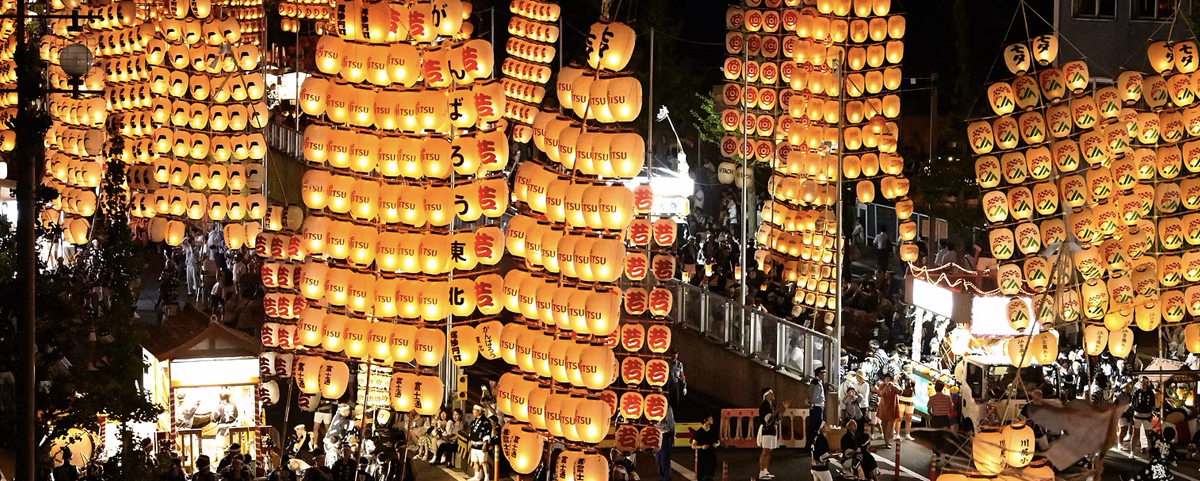
About Akita
Why not start your trip in Akita Prefecture from Akita city. Here is the capital city of Akita prefecture.

Around 1700, it was built as a villa by a vassal of the Satake clan, the feudal lord of the Akita domain. Later, 9th lord of Satake renovated the villa and turned it into a villa named "Jyoshitei".
The garden is a circular garden with a scenic view of Mt. Taihei and was a place of amusement for writers and artists from inside and outside the Akita domain.

Very rear huge mural depicting the events in Akita by Fujita Tuguharu, is in the Museum.
In addition, throughout the year, Hirano Masakichi's big collection is on display. There is also a cafe with a nice view, which offers local crafts and souvenir.

Senshu Park was the site of a castle until about 150 years ago. There are many places of interest where you can feel the history of Akita.
In July, when the lotuses in the moats around the park are in full bloom, the park attracts many tourists.

On every Saturday, traditional Japanese dance performance with lunch is 5,000 yen. (34$)
From 12p.m. and
with tea from 3:00 p.m. is 2,000 yen. (14$)
The venue "Matsushita" is located in Senshu Park. The venue, Matsushita, was a Japanese style restaurant.
It has been renovated as a complex where visitors can experience Akita's cultural heritage.
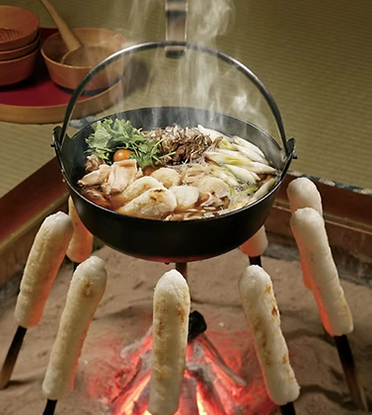
Kiritanpo hot pot dish is made with freshly harvested rice, handmade rice wrapped around an Akita cedar comb, KIritanpo cooked on a sunken hearth, Hinai Jidori chicken broth and fresh Akita vegetable.
For 2-3persons 4,980 yen(34$)

The Tsurimachi district prospered as a merchant district during the samurai period.
Takasagodo is a long-established confectionery shop and is designated as an important cultural property. It is a classic Japanese building, but the interior is a blend of Japanese and Western styles. The most attractive items in this shop is ringomodhi, which is made from sticky rice and apple juice from Akita.
Model Course of Akita
Recommended tour for people wishing to get a general overview of the culture, historical and natural attention of “Akita”.
Itinerary
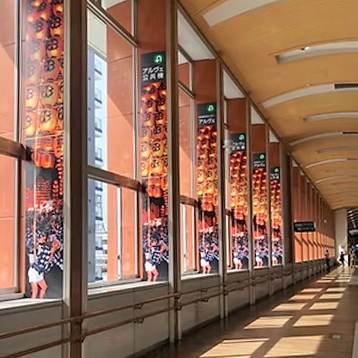
Akita Station
There is a tourist information center that provides information in English.
Senshu Park
Cherry blossoms and azaleas in spring, lotus flowers in summer, autumn leaves in fall, and snowy landscape in winter.
You can enjoy the scenery throughout the year and experience the history of Akita in this park. An Akita dog welcomes you.


The Akita Art Museum
After enjoying works by world-famous painter, you can relax at the cafe with nice view, where you can read art books free of charge.
Also the cafe offer the local crafts.
Nakaichi
In Nakaichi, you can get almost everything you want to get or eat in Akita. Most attractive store is exhibitions of local craftspeople. There are also locally grown vegetables shops , prepared foods shops.
On Saturdays and Sundays, you will be greeted by Akita dogs.
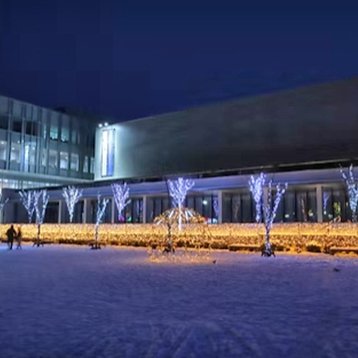
Lunch
There is a selection of restaurants, which offer excellent local food. I will guide you to restaurants and foods that have a good reputation in Akita.
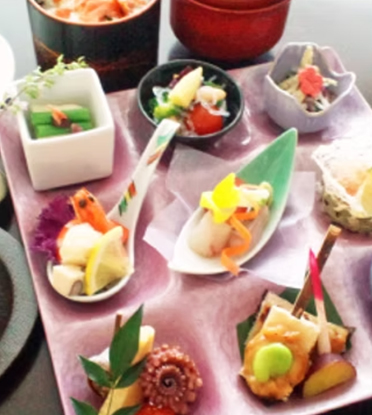
A restaurant that focuses on Akita ingredients. The restaurant offers Japanese cuisine using fresh local vegetables and local fish directly from the fishing port.
The restaurant also offers the finest marbled Akita beef.

Inaniwa udon noodle is One of the three major udon noodles in Japan.
It has a characteristic texture that is different from ramen, soba, and udon from other regions, with a fresh and smooth thirst。
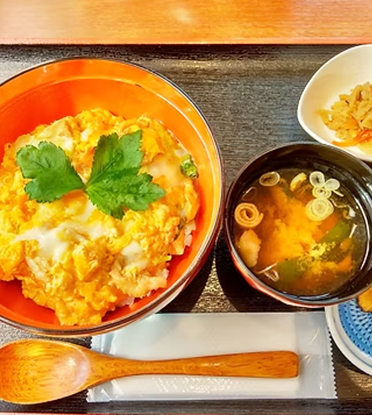
Oyakodon uses premium Hinai chicken, high quality brand from Oodate area.
ABEYA insists on preparing their chicken in-house to provide chicken so fresh you can even eat it as sashimi.
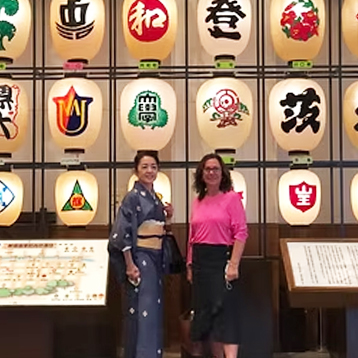
Torimachi town
Takasagado started a job at a confectionery shop in 1894. The exterior was covered with plaster, on the other hand interior is Western style. The grad clock is fan shaped and is unusual.
The most attractie items in this shop is "ringomochi", which is made from sticky rice and apple juice.
Red Brick Folk Museum
Construction of the Akarengakan began in 1909 as the former head office of Akita Bank, and was completed in 1910. Akita City restored the building to preserve the valuable Western-style architecture of the Meiji period for future generations. Special exhibitions on the history, folklore, and arts and crafts of Akita, Akita's hometown, are held from time to time
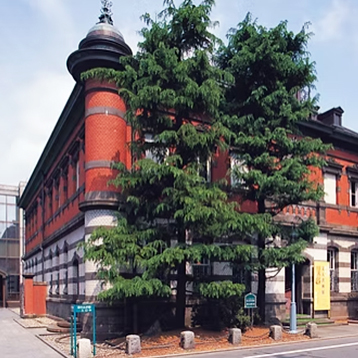

The Akita Market
Fresh vegetables, seafood, and prepared foods are sold in abundance. It supports the dietary needs of the local people. You can buy your own favorite foods at the store and put them in a bowl of rice, and you can eat it at the market.
Akita Station
I will contact you after your booking and offer you the chance to add, amend or remove any of the components of the tour. For example, if you woul like to have a bento lunch in the park or if you would like to explore more of historical sites, I will be pleased to amend the tour accordingly.
Meeting place, stop-off place, and ending point can be amended according to your preference.